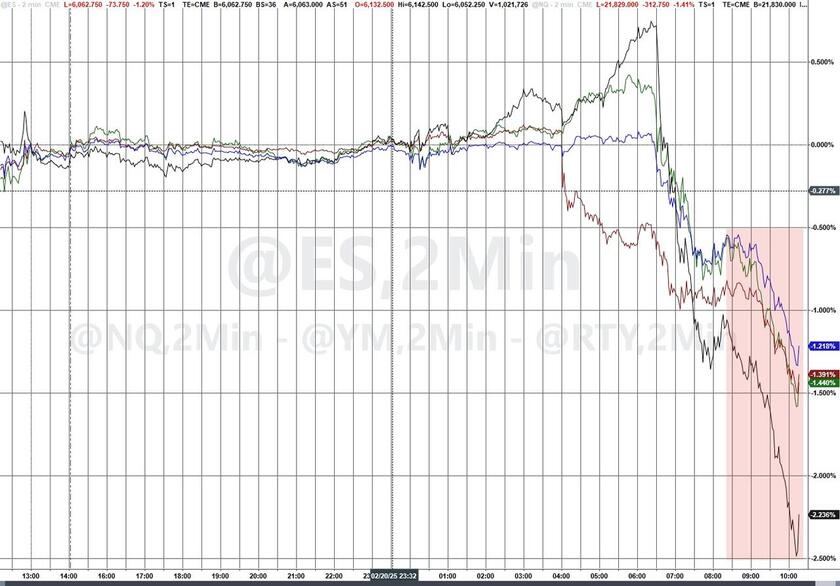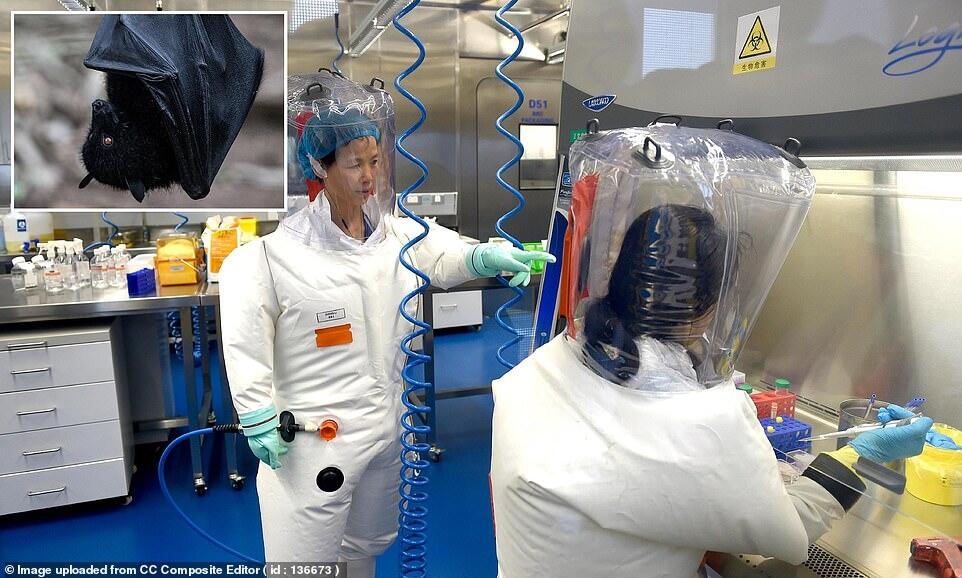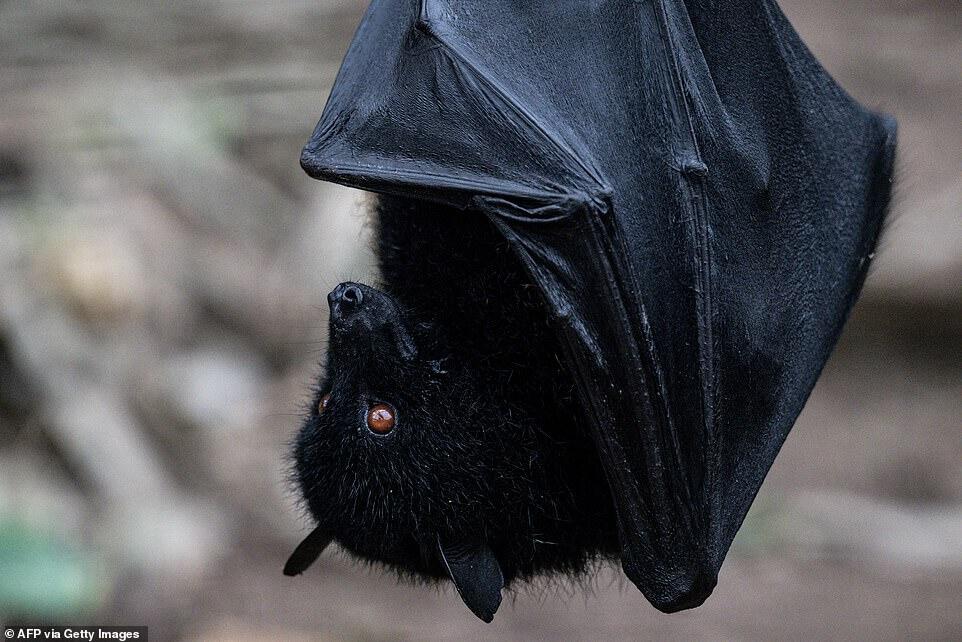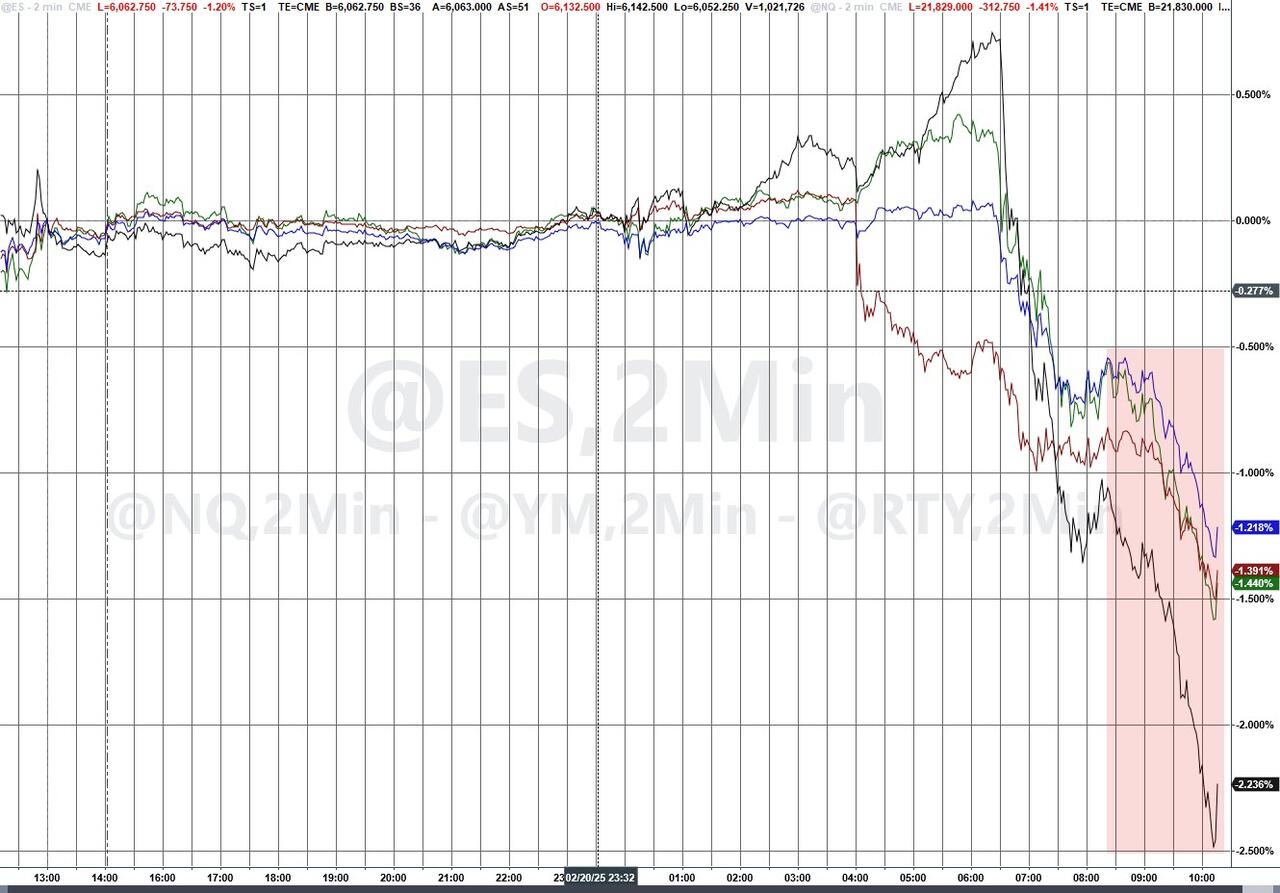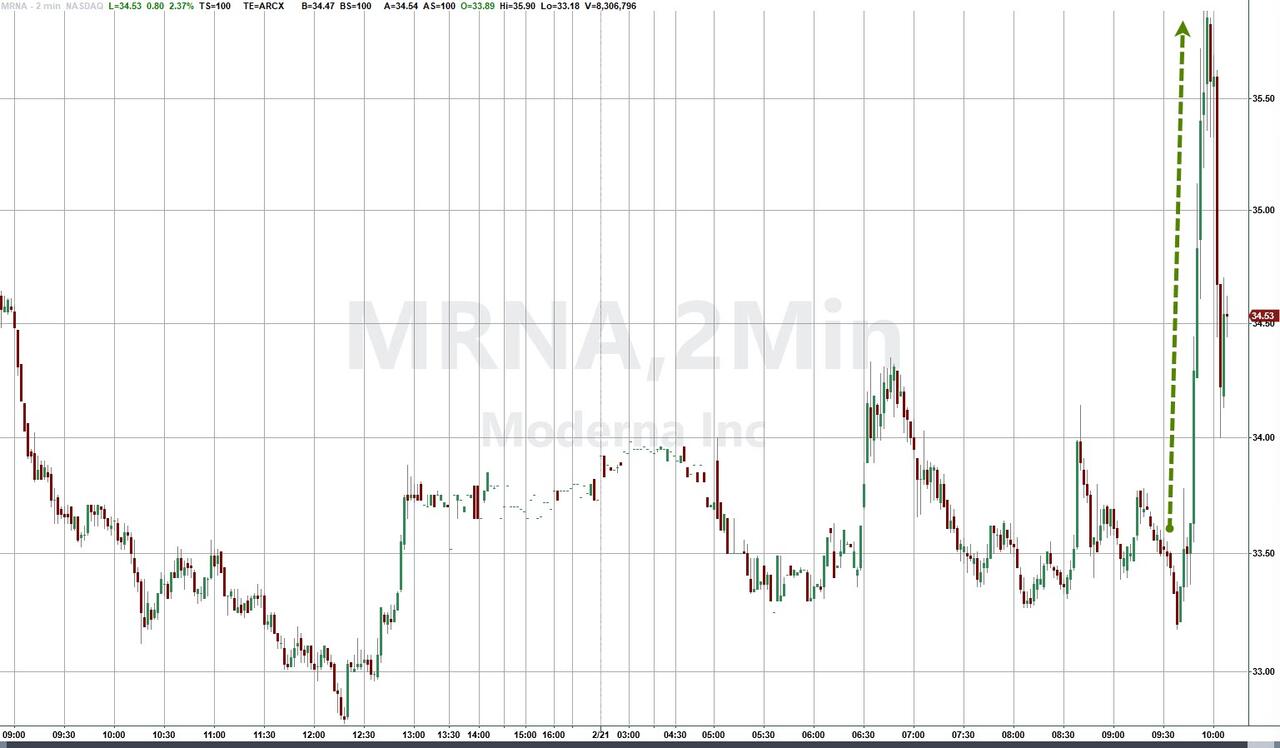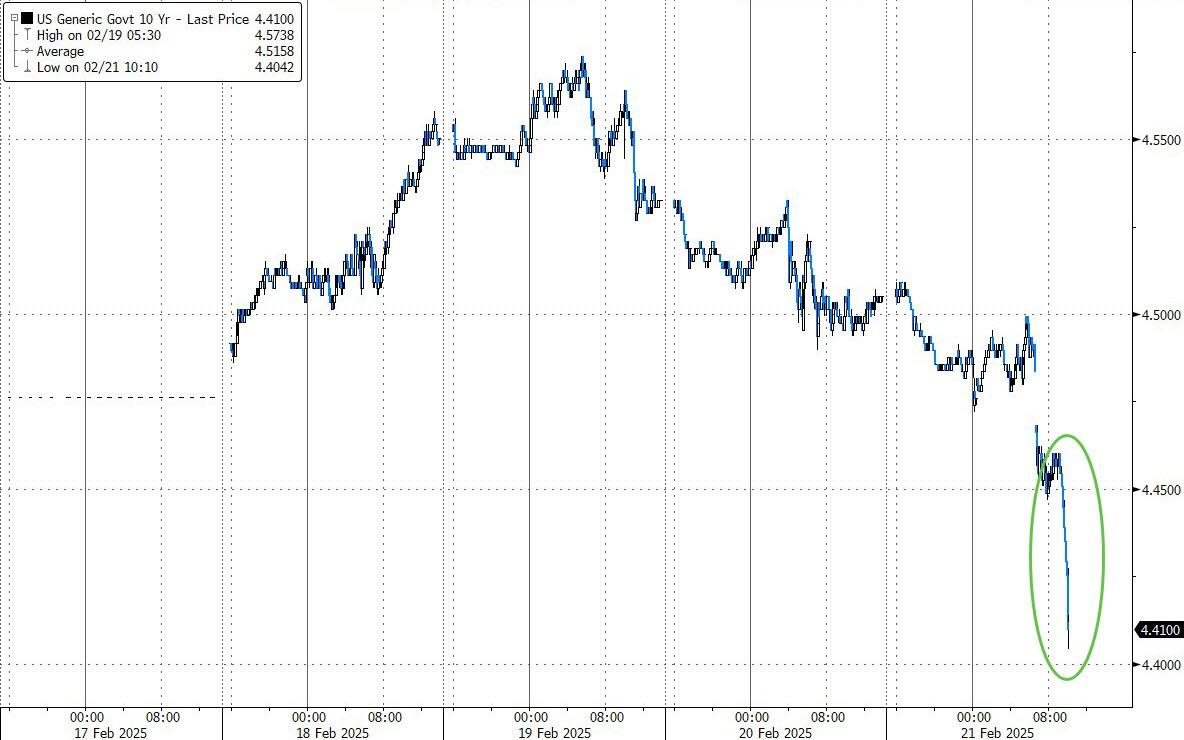Stocks suddenly tumbled shortly after lunch and trading desks are scrambling to find a catalyst. With today's big $2.7 trillion options expiration 'unclenching gamma', the market is more free to move, but many are citing a report by The Daily Mail claiming a new coronavirus has been discovered in the wild in China that has the potential to another pandemic.
Yes, you heard that right.
Another coronavirus feared to be powerful enough to spread through humans has been discovered in China.
In scenes eerily reminiscent of the beginnings of Covid, researchers at the infamous Wuhan Institute of Virology detected the new strain living within bats.
HKU5-CoV-2 is strikingly similar to the pandemic virus, sparking fears that history could repeat itself just two years after the worst was declared over.
The new virus is even closer related to MERS, a deadlier type of coronavirus that kills up to a third of people it infects. Virologist Shi Zhengli, known as 'Batwoman' for her work on coronaviruses, led the discovery, published in a top scientific journal.
The new HKU5-CoV-2 is a coronavirus belonging to the merbecovirus family of pathogens. Merbecoviruses have been detected in minks and pangolins - the animal believed to be the intermediary for Covid between bats and humans. This, the scientists wrote, 'suggests frequent cross-species transmission of these viruses between bats and other animal species.'
They added: 'This study reveals a distinct lineage of HKU5-CoVs in bats that efficiently use human [cells] and underscores their potential zoonotic risk.' HKU5-CoV viruses were first detected in bats in 2006, but the new data suggests HKU5-CoV-2 has a 'higher potential for interspecies infection' than others. However, the potential for HKU5-CoV-2 to spill over to humans 'remains to be investigated.'
The research was conducted by the Wuhan Institute of Virology, which is at the center of the lab-leak theory, which claims Covid-19 was manufactured in a Chinese lab and accidentally leaked to the public.
While stocks overall were dumped on the report...
Drugmakers, like MRNA and PFE surged...
Bonds are bid as safe-haven flows hit...
The market is extremely anxious here but for now, this seems like the catalyst for this leg down - however farcical that may seem.

